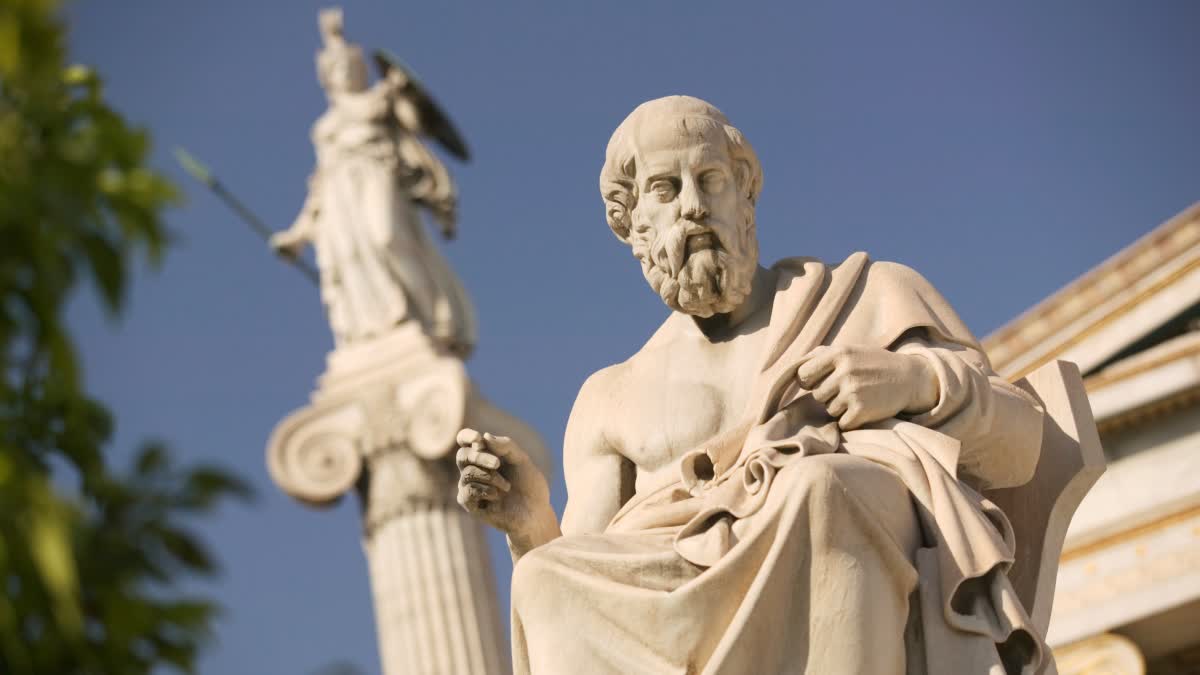Hyderabad: The Italian University of Pisa last week announced that it had used Artificial Intelligence to decipher text preserved on charred pieces of papyrus recovered in Herculaneum, an ancient Roman town located near Pompeii that revealed the location of the buried Greek philosopher Plato.
According to a Live Science report, like Pompeii, Herculaneum was destroyed in A.D. 79 when Mount Vesuvius erupted, cloaking the region in ash and pyroclastic flows.
One of the scrolls carbonised by the eruption includes the writings of Philodemus of Gadara (lived circa 110 to 30 B.C.), an Epicurean philosopher who studied in Athens and later lived in Italy. This text, known as the "History of the Academy," details the academy that Plato founded in the fourth century B.C. and gives details about Plato's life, including his burial place.
Historians have long known that the Academy was the burial site of Plato, the student of Socrates, who wrote down not only his mentor's philosophy but also his own. The Academy was destroyed by Sulla, the Roman general, in 86 BC. However, researchers did not know where on the Academy's grounds Plato was buried after his death in Athens in either 348 or 347 BC.
With the help of modern technology, scientists were able to read the papyrus using infrared, ultraviolet, thermal imaging, and tomography techniques. The papyrus is now in the collection at Naples' National Library.
So far, researchers have identified 1,000 words, or roughly 30% of the text written by Philodemus, the report said.
"Among the most important news, we read that Plato was buried in the garden reserved for him (a private area intended for the Platonic school) of the Academy in Athens, near the so-called Museion or sacellum sacred to the Muses," researchers wrote in the statement. "Until now it was only known that he was buried generically in the Academy."
The text also detailed how Plato was "sold into slavery" sometime between 404 and 399 B.C. (It was previously thought that this occurred in 387 B.C.)
According to the translation, another part of the text describes a conversation between the characters in which Plato criticises the musical and rhythm skills of the barbarian musician of Thrace.
It’s not the first time researchers have used artificial intelligence to decipher ancient scrolls that were left behind after the volcanic eruption of Vesuvius. Researchers deciphered another scroll that was burned during the eruption at a villa that was once the home of Julius Caesar’s father- in-law.



